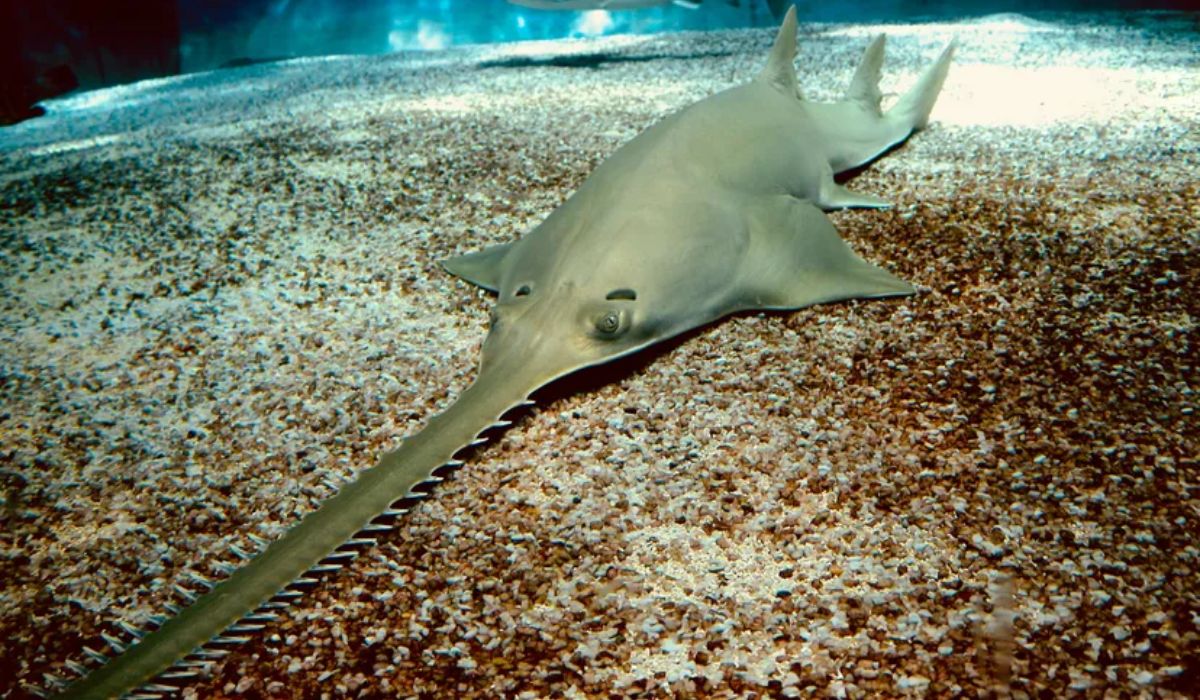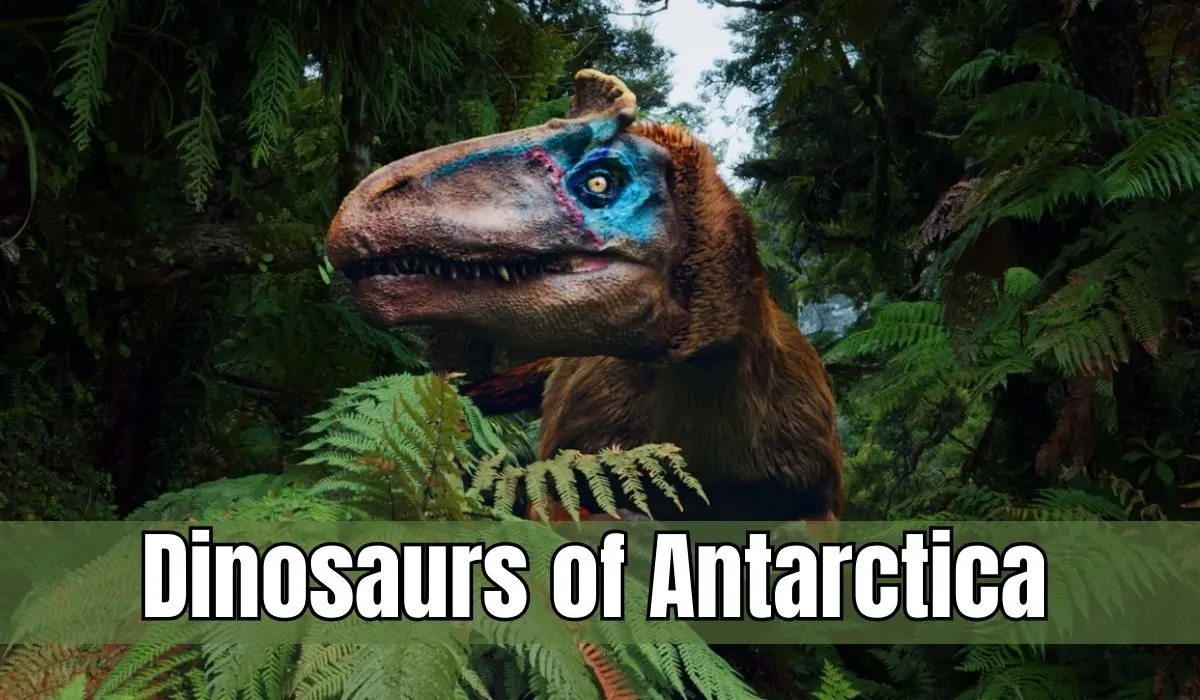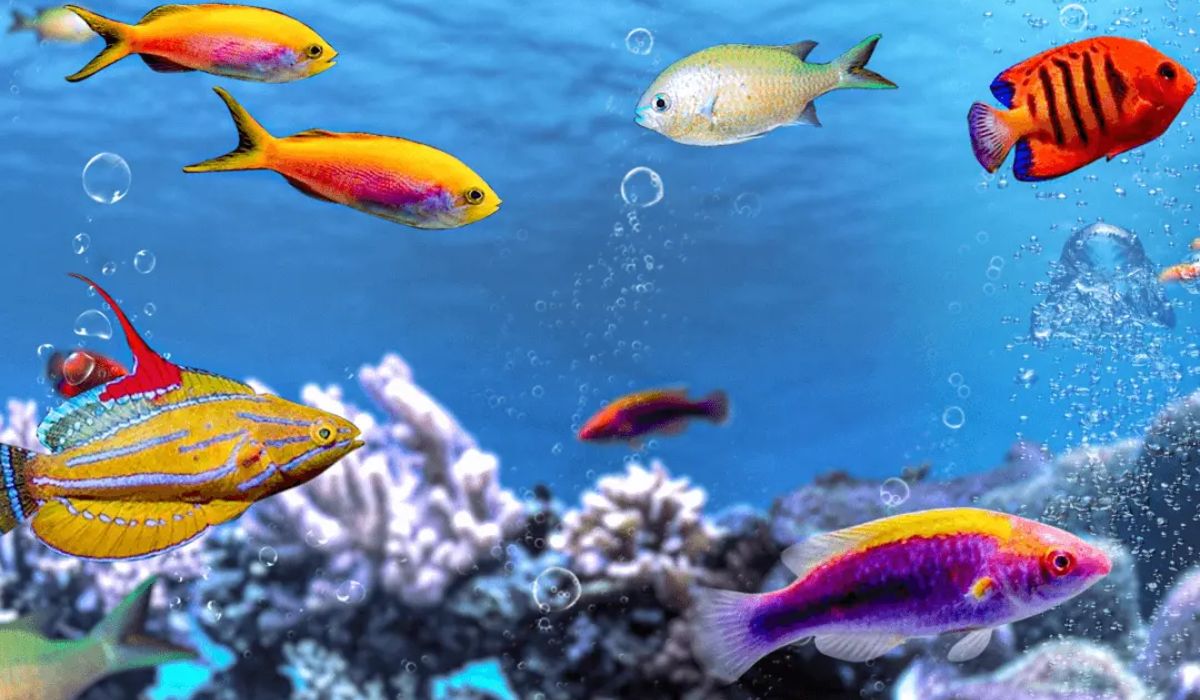What an no-go three months! Since joining Endangered Species Coalition in September, I have seen up tropical the passion and expertise of our staff and the effect that ESC can have on the recovery and restoration of wildlife wideness the US. I cannot thank you unbearable for your support.
It is a pivotal time for wildlife. Globally, we have lost nearly 70% of vertebrate animals since 1970, and in the USA, roughly one in five animals is at risk of extinction. That is why the Endangered Species Coalition is working in communities wideness the US to build a national movement for biodiversity.
Today we are launching our inaugural newsletter! Below, you will read some of the many stories well-nigh how our staff and coalition partners are using unvigilant and creative strategies to well-wisher for species. Next month in Colorado, we are triumphal the return of the wolf– but our sponsorship is not stopping with “paws on the ground.” We are mounting an education wayfarers to ensure that the public and policymakers protract to understand and value wolves. In Arizona, we are working with polity volunteers, including teens, to plant pollinator gardens. You will moreover learn how our Activist Training Lab teaches advocates to be constructive biodiversity campaigners and find out well-nigh our new online organizing tools. You can squint forward to receiving these newsletters on a quarterly basis.
Finally, December 28 marks the 50th Year-end of the Endangered Species Act — our nation’s most important tool for protecting wildlife — and we are celebrating! This year, we have worked with our partners to paint street murals in cities wideness the country, bring over 100 activists to Washington, DC, and we have recognized three of our member organizations, Sea Turtle Conservancy, Pollinator Extinction Prevention Program in HI, and Bat Conservation International, for their leadership in protection endangered species.
These are challenging times for wildlife, but there are so many reasons for hope. 99% of all species protected by the ESA are still with us; wolf packs will howl in Colorado for the first time since the 1930s, and people like you care. Thank you for stuff part of the Endangered Species Coalition Team.
Susan Holmes, Executive Director
|
The Howl is Coming When to Colorado Ryan Sedgeley, Southern Rockies Representative
|
|
This holiday season, the howl of wolves will return home to the heart of Colorado. When their paws hit the ground, it will be the first step in recovering a healthy wild wolf population to the state. After years of advocating for the wolves’ return, Endangered Species Coalition will protract our efforts to ensure that people in Colorado know that peaceful coexistence with wolves is possible. We will protract to educate the public well-nigh the value of wolves and baby-sit versus anti-wolf misinformation that has wide wolf-killing policies in the Northern Rockies. The Endangered Species Coalition is working on the western slope of Colorado to secure a welcoming home for wolves for the long term. To unzip this, we have been meeting with leaders and policymakers to make sure they understand how we got here, what resources are misogynist for ranchers, and how wolf-watching could bring spare sources of revenue to rural areas and outfitters. We moreover hold information sessions for the public and stakeholder groups to wordplay questions and ensure people understand how much has gone into the process and the resources misogynist to those impacted. Finally, we are watching the Colorado Parks and Wildlife (CPW) Commission to make sure they protract to support wolves and everyone’s wildlife values, not just hunters and outfitters. With public and state leadership, Colorado can be a shining example of wolf reintroduction washed-up right. Read more…. |
|
Endangered Species Coming to a Wall Near You John Rosapepe, Pacific Northwest Representative |
|
A three-story upper tiger overlooks lower Manhattan while in Cerrillos, New Mexico, Mayahuel, the Aztec goddess of fertility, emerges from an agave plant between Mexican long-nosed bats. These are a couple of the ESA@50 murals wideness the country that Endangered Species Coalition helped bring to life. This year, in conjunction with the ESA@50, artists painted street murals that spotlighted regional ecological and cultural diversity within the United States. These murals gave a squatter to local threatened and endangered animals and plants and highlighted the loss of biodiversity and the progressive extinction of species. Artists at some sites chose to highlight individual species, including the Eastern Black Rail in Washington, DC. Muralist Yulia Avgustinovich, creator of the Washington DC painting, said, “I want to bring nature when into our touchable cities. With my art, I try to convey its complexity and its trappy essence.” In St Petersburg, Florida, the mural honors native mangrove forests and their well-healed wildlife, and in Portland, the painting celebrates the eyeful of Oregon’s native fish, wildlife, pollinators, and plants. The Dona Ana, New Mexico mural highlights the Boreal Owl, Gila Monster, and two endangered fish species – the Chihuahua Chub and Roundtail Chub. The ESA@50 mural page features photographs and videos of the artists at work, their paintings, and how communities interact with the featured species. |
Celebrating 50 Years of Saving Species
Tara Thornton, Director of Institutional Engagement
Late in 2022, Endangered Species Coalition brought together our member groups to uncork working on a year-long triumph of the 50th Year-end of the Endangered Species Act (ESA). The ESA passed on December 28, 1973, with bi-partisan support and is still prestigious publicly as favorable legislation that has saved hundreds of species from the brink of extinction.
Since the whence of 2023, Endangered Species Coalition and our allies have showcased ESA@50 in various creative ways to increase visibility and knowledge well-nigh the ESA and its accomplishments. The ESA@50 team held several activities and events throughout the year, including Career Panels, Mural Projects, a Fly-in, an Award Reception, a dedicated website, a highlight video, an Endangered Species Essay Contest, and much more. This year’s Endangered Species Day and our Yearly Top Ten report moreover followed the theme of ESA@50. Throughout our planning, the team has engaged with and supported communities and organizations of diverse backgrounds single-minded to conservation and biodiversity. Read more…
| Endangered Species Coalition Member Groups Saving Species Tara Thornton, Director of Institutional Engagement |
|
The Endangered Species Coalition’s strength lies in our member organizations’ joint power. The conservation polity recognized three remarkable groups at the ESA@50 reception for their dedication and leadership in protecting endangered species. These groups have made tremendous progress in protecting endangered species. Sea Turtle Conservancy: is the world’s oldest sea turtle conservation and research organization. Since 1959, the organization’s research programs have yielded much of what is now known well-nigh sea turtles and the threats they face, to modernize conservation and recovery of these marine and coastal species. The Sea Turtle Conservancy has a strong focus on research and public education. They are working to understand and gainsay significant threats to sea turtles, such as impacts on waterfront lighting, coastal armoring, international harvest for consumption, and bycatch in fisheries. They have worked to educate the public on the importance of sea turtles and how individuals can help protect them. Increasingly information: https://conserveturtles.org/ Pollinator Extinction Prevention Program (PEPP): No plant has gone extinct since PEPP’s inception. The Hawaii PEPP is a highly successful program that focuses on emergency actions, repeater propagation, and reintroduction efforts for those species closest to the brink of extinction — Hawaiian plants that have 50 or fewer individuals left in the wild. Increasingly than 200 of the rarest plant species in the world receive emergency-room deportment under this program. PEPP has once saved dozens of species from extinction and helped reintroduce increasingly than 110 species into native forests. PEPP employs unique methods in their work, such as; rock-climbing, rappelling, and using drones to locate and collect species. Increasingly information: http://www.pepphi.org/ Bat Conservation International: working with a diverse network of partners to bring the federally endangered Mexican long-nosed bat (Leptocerids nivalis) when from extinction. By protecting roosts and increasing nectar forage resources withal their migratory pathway from the Southwest U.S. to Mexico, their initiatives work at a landscape scale to protect and restore healthy, functioning, biodiverse ecosystems that support local livelihoods through polity enterprises and sustainable agriculture. The Agave Restoration Initiative, a binational collaboration of diverse partners, works to save bats, restore agave corridors, and support communities in sustainable agricultural and merchantry practices. Increasingly information: https://www.batcon.org/ |
|
Check out our new YouTube channel: @ActivistTrainingLab Sarah Starman, National Grassroots Organizer |
|
Whether you’re new to grassroots organizing or a seasoned campaigner, our @ActivistTrainingLab YouTube waterworks is made for you! You can explore dozens of short videos on the YouTube waterworks tent fundamental organizing and sponsorship skills, like wayfarers planning, power-mapping, strategy, creative tactics, recruitment, and leadership development. Through these videos, we hope to help you build new skills and use those skills to launch and win grassroots campaigns. One million plant and unprepossessing species are facing extinction. We urgently need elected officials, government agencies, corporations, and institutions to pass unvigilant policies that meet the extinction slipperiness at the scale of the problem. Grassroots organizing is one of the most powerful tools in our toolbox for securing the unvigilant policies we need. Check out the @ActivistTrainingLab YouTube waterworks to learn well-nigh using grassroots organizing to create transformative transpiration for wildlife and wild places. These short videos are training that you can do anytime, anywhere, at your own pace, for free. Take wholesomeness of this resource and other training services provided by the Activist Training Lab by visiting https://www.youtube.com/@ActivistTrainingLab or https://www.endangered.org/activist-training-lab/. |
|
Read and Share the New Top 10 Report on December 6th Derek Goldman, National Field Director and Northern Rockies Field Representative |
|
On December 6th, Endangered Species Coalition will release our 2023 Top 10 Endangered Report. The report is released at a unconfined time of year to share stories of inspiration with others you know and share your passion for protecting endangered species. Whence in 2008, Endangered Species Coalition began compiling an yearly “Top 10 Endangered” report—with a variegated theme each year. Our member groups nominate species for the reports, and a committee of distinguished scientists reviews the nominations and chooses the finalists. This year’s report is entitled Ten Stories of Hope: The Endangered Species Act at 50, and it tells inspiring stories of wildlife conservationists using variegated strategies to protect and recover imperiled fish, birds, plants, and mammals in the US. From engineering innovative bat houses in Miami to botanists rappelling cliffs as they venery for rare plants in Hawaii, this report showcases the people, agencies, and organizations who are working to recover species the Act protects, including the Florida grasshopper sparrow, Chinook salmon, and the sea otter, to name a few. Previous years’ reports are moreover misogynist on our website. |
Mobilizing Activists Put Pressure on Oregon to END Wildlife Killing Contests
John Rosapepe, Pacific Northwest Representative
This September, the Oregon Fish & Wildlife Commission vetoed wildlife killing contests in the state. This makes Oregon the ninth state to put an end to these unforgiving killing derbies. The Endangered Species Coalition’s Pacific Northwest Representative testified twice in support of this ban and we mobilized hundreds of Oregon activists to speak out.
Wildlife killing contests serve no scientific or management purpose and disrupt wildlife families and communities. Endangered and threatened species–such as gray wolves–can mistakenly be killed in these contests, which often target coyotes.
These events do not provide a public good, and an lattermost minority of hunters support them. And they are not an constructive management tool. Researchers have found that coyotes increase their lineage rates in response to mass killing–resulting in greater numbers. These events do not prevent conflicts with livestock growers either. In short, there are no benefits and many financing to these events.
Oregon joins Arizona, California, Colorado, Maryland, Massachusetts, New Mexico, Vermont, and Washington in banning wildlife killing contests. The New York state legislature passed a bipartisan snout in June outlawing killing contests in the state. That snout is waiting for Governor Kathy Hochul’s signature.
Endangered Species Coalition launched a Pollinator Protector Project in 2016 with a handful of milkweed plantings for Monarch habitat in California. We now partner with local groups in 24 states and Mexico to increase hair-trigger native plant and pollinator habitat. Below is information from one of the teams Endangered Species Coalition partnered with last year.
|
The Arivaca Pollinator Pathway Project Emily Bishton, project coordinator |
|
In early 2023, a team of polity volunteers came together, including members of the Arivaca Library Teen Advisory Board (TAB), to create a linked pathway of habitat gardens for butterflies, bees, and other pollinators in the small village of Arivaca, AZ. In wing to growing pollinator gardens, this project is growing local knowledge on how to provide good habitat for pollinators through its educational signage, brochures, free. classes, a mural, and more. We are very grateful to the Endangered Species Coalition for providing project funding through their Pollinator Partners Program, and to the TAB teens who have raised funds through making nature crafts! This has enabled the volunteer team to build raised-bed gardens filled with native flowering shrubs and perennials at five local businesses this year and to add increasingly native perennials to the library and dancehall gardens, which were all instantly visited by multiple species of pollinators. In late summer, the Endangered Species Coalition, ESA@50, and the Arivaca Dancehall funded the megacosm of a trappy mural to gloat the 50th year-end of the Endangered Species Act. The mural wraps virtually a towers in the middle of the dancehall’s pollinator garden and depicts bats, butterflies, bees, hummingbirds, and other desert wildlife in their natural habitat. Plans are to build at least two increasingly pollinator gardens on main street in the coming year, withal with several large pollinator beds inside the town’s new public park. Who knows how far this pollinator pathway will lead! We are so grateful to the Endangered Species Coalition, ESA@50, and the Arivaca polity for supporting this project. For increasingly information, photos, and lists of the pollinator plants that thrive in this high-elevation desert region, visit the Arivaca Pollinator Pathway website. |




